Advertisement
Counseling before and after transplantation can help patients navigate the balance between safety and practicality

Recipients of organ transplantation are faced with an increased risk of infection due to lifelong immunosuppression. Therefore, optimal outcomes depend on implementing strategies to mitigate that risk. At Cleveland Clinic, this includes providing thorough education and support throughout the transplant process and beyond. Current guidelines from the American Society of Transplantation outline safe living strategies to help transplant patients live as normal a life as possible while still minimizing their risk for infection. The Cleveland Clinic team educates patients on these safe living tips and helps guide them as they incorporate them into their daily lives. “We are here to support patients as they navigate life before and after transplant,” notes Jessica Lum, MD, of the Infectious Disease (ID) Department, Cleveland Clinic, who helps educate and counsel patients prior to transplant.
Advertisement
Cleveland Clinic is a non-profit academic medical center. Advertising on our site helps support our mission. We do not endorse non-Cleveland Clinic products or services. Policy
As a member of the infectious disease team, Dr. Lum sees patients prior to transplant. During these visits, she collects extensive background information and provides guidance on how to prevent infections before and after surgery. If a patient develops an infection prior to transplant, she may see them again to make sure the infection has resolved. Post-transplant, the transplant ID team may see patients if it requires input or support if an issue arises.
“Since different infections may be associated with different environmental backgrounds, I start by collecting a thorough patient history that includes their hobbies, work, travel, etc.,” Dr. Lum explains. “This allows me to provide recommendations and counsel patients based on their unique lifestyles and habits.”
During their visit, Dr. Lum discusses recommendations from the American Society of Transplantation Infectious Diseases about safe living after transplant.1,2 She also provides a handout to take home that includes general guidance as well. Some of the points highlighted include animal safety (i.e., patients shouldn’t change a cat litter box), handwashing, risks of dust and soil exposure, food and water safety, etc.
“It is important that patients make sure their food is cooked well and they avoid raw seafood and unpasteurized cheeses, which are at higher risk for transmission of certain foodborne pathogens,” Dr. Lum notes.
Another important discussion involves caregivers and family. This includes recommending that family members are up to date on their vaccines, such as flu, etc. “We also highlight the importance of avoiding exposure to sick individuals. Community-acquired respiratory viruses, such as a respiratory syncytial virus or adenovirus, can sometimes cause infections in transplant patients,” she says.
Advertisement
Dr. Lum outlines necessary precautions; however, she also acknowledges that patients can’t live in a bubble. “It’s about trying to reduce our risk,” she says. “For example, a patient might not want to walk near a construction site where there is a lot of dirt in the air. Or they may want to avoid walking near chicken coops where there is a higher risk of fungal infections in the soil. If a patient enjoys gardening, they should wear gloves to avoid contact with the soil.”
Travel and the potential risks are also discussed, particularly when it comes to foreign travel after transplant. “Some of my patients do choose to travel and so I make sure they come to us for any necessary vaccines while also discussing prophylaxis and safe living tips for traveling.”
While the emphasis is on “Safe Living Tips After Transplant,” these are recommendations that Dr. Lum encourages patients to implement before their surgery, particularly if they are in a high-risk group, such as lung transplant patients with underlying airway disease.
“For example, histoplasmosis is a common fungal infection in Ohio,” Dr. Lum says. “I will advise my patients to take steps to avoid situations that put them at a higher risk for acquiring a new infection before surgery because someone with an active infection cannot undergo transplant.”
When it comes to protocols for infection prophylaxis, the approach for each type of transplant varies, notes Dr. Lum. The transplant team will review medications with the patients and come up with a strategy for each case.
While education and counseling is provided throughout the transplantation process, the responsibility ultimately falls on patients to mitigate their infection risk on a daily basis. Recognizing this, Dr. Lum and her Cleveland Clinic colleagues are committed to ensuring every patient has the tools they need to succeed.
To make sure her patients not only receive but also understand the recommendations she provides, Dr. Lum firsts outline the objectives of the visit for the patient while also tailoring the discussion to meet their specific needs.
“I set the tone from the beginning and take the time to explain what our goal is as their care team and why infection prevention is important,” she says. “I find this approach works best and makes it easier to make recommendations that the patients will follow.
“We hope that by counseling patients pre- and post-transplant they will have the necessary knowledge and support,” concludes Dr. Lum. “Patients build close relationships with their care team, especially the transplant doctors. I always tell my patients—even if it is a year post-transplant—there is always someone willing to answer their questions.”
References
Advertisement
1. Avery RK, Michaels MG. Strategies for safe living following solid organ transplantation—Guidelines from the American Society of Transplantation Infectious Diseases Community of Practice. Clin Transplant. 2019;33:e13519.
2. Malinis M, Boucher HW. Screening of donor and candidate prior to solid organ transplantation—Guidelines from the American Society of Transplantation Infectious Diseases Community of Practice. Clin Transplant. 2019;33:e13548.
Advertisement
Advertisement
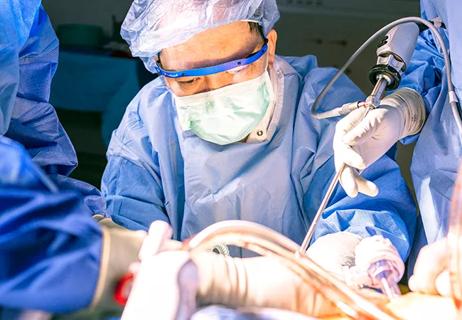
Center is among few in Ohio to lead an HIV positive to HIV positive kidney transplant
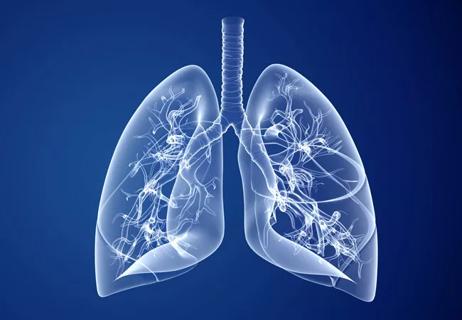
Research explores how incorporating long-term benefits will impact the new U.S. lung transplant allocation system
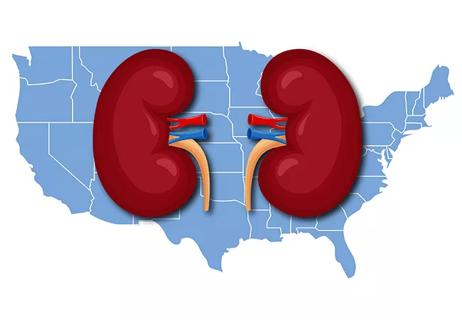
Key findings and proposed clinical interventions for disparity areas
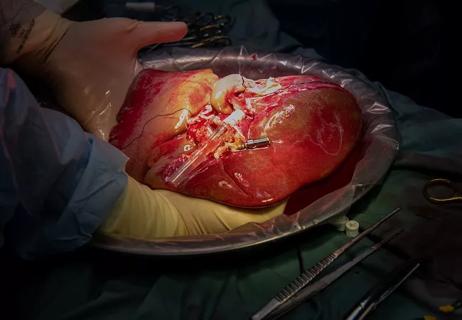
Research examines risk factors for mortality

The agent-based model aims to improve prediction accuracy
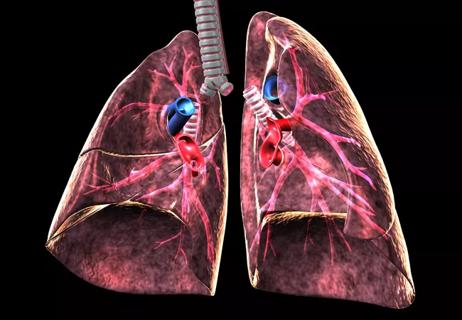
Cleveland Clinic pulmonologists aim to further lower waitlist times and patient mortality
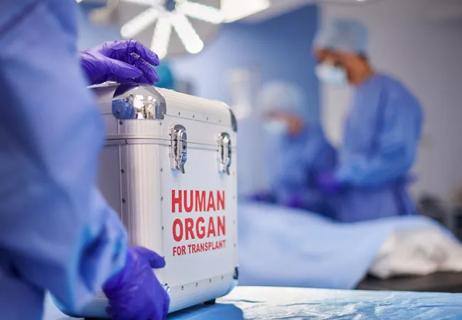
New research aims to improve suboptimal lung transplant outcomes by “looking beyond the walls of hospitals”
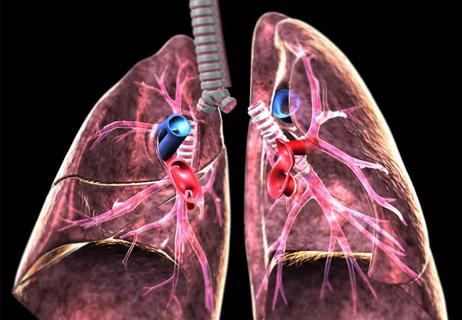
Data indicates transplant outcome disparities exist, but thoughtful planning is needed to address the problem